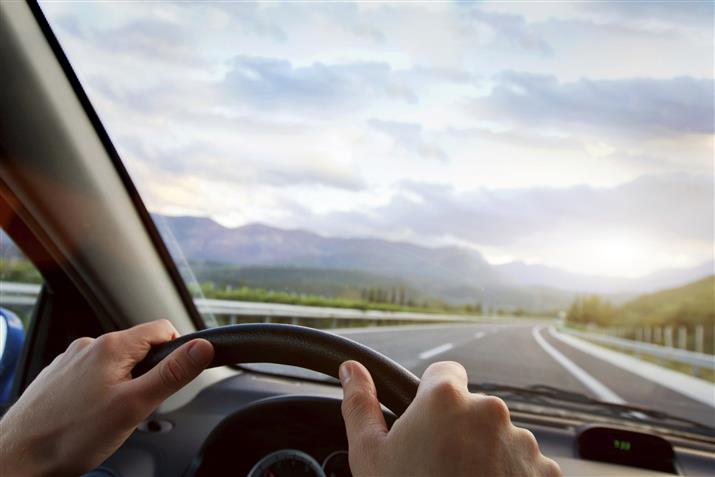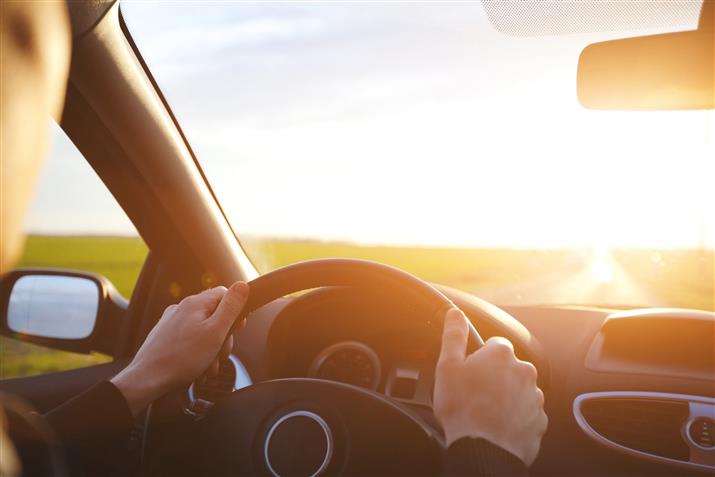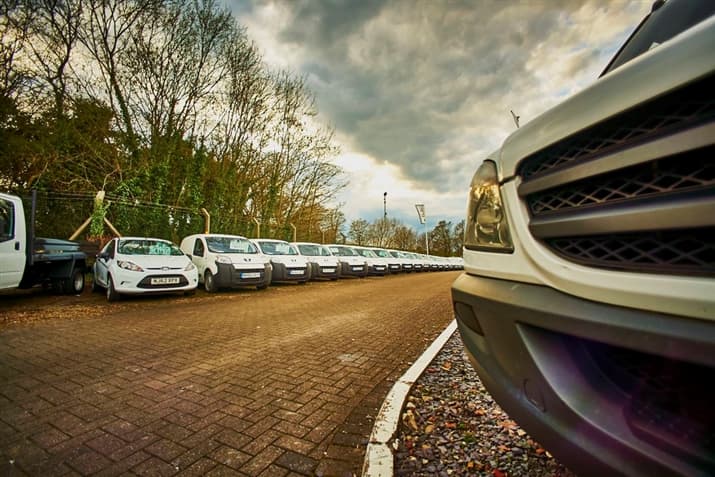Our 5 top tips for safe driving during the darker months
We look at staying safe on the road when driving at night or in the darker months of Autumn and Winter
![]() 10/10/2018
10/10/2018![]() 5 minutes read
5 minutes read
Whether you’re planning to drive at night, working late, or have noticed darker evenings on the way home, here are our top tips to help you reduce the risks of driving in low-light conditions.
Stats from RoSPA in June 2017 show that 40% of collisions occur in the hours of darkness
1 Ensure your lights are working
Check all your lights/bulbs are working and clean before setting off. Here’s a list that you can tick off as you go:
- Headlights
- Brakes
- Indicators
- Number plate bulbs
- Reverse lights
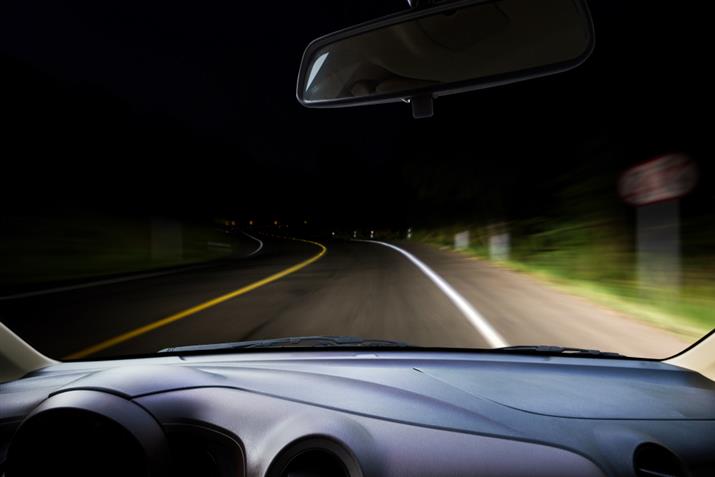
2 Control your lights
If you’re driving on unlit or rural roads, using your high beams will provide the most light. To avoid dazzling others, switch from your high beams to dipped lights when approaching fellow road users.
Bonus tip: You can avoid being dazzled by other drivers by angling your side mirrors down slightly.
3 Keep windows and mirrors clean
Streaky windows or dirty mirrors not only obscure your vision, but they also increase glare from the lights of other vehicles and may cause steaming. We have found that side mirrors need cleaning regularly in colder months. Keeping a microfibre cloth or a demister sponge in your vehicle can make the task of cleaning easier. Whatever you do, do NOT use your hands, as this will most likely cause smearing.
Bonus tip: Check your wipers are not damaged and your washer reservoir is topped up sufficiently.
4 Keep your eyes on the road
You can often spot oncoming traffic by the flash of headlights or other lights. On rural roads, this can assist you to spot another vehicle at the top of hills or round a bend. Be prepared for other road users who may behave erratically, as well as looking out for pedestrians and cyclists who may be harder to spot in the dark.
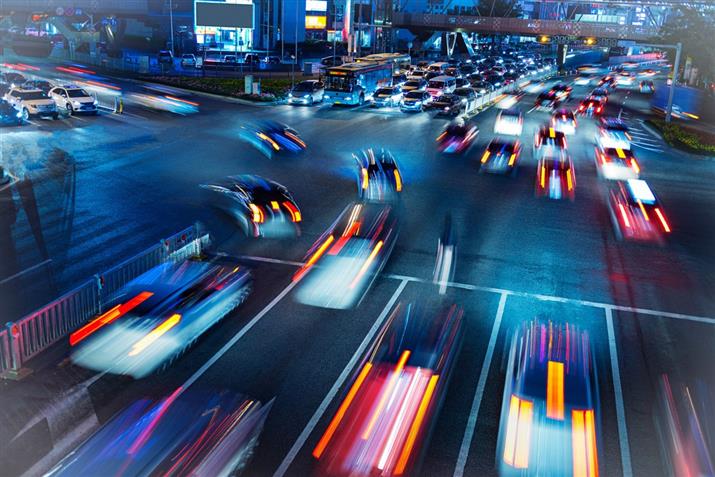
5 Dim dashboard lights
If possible, turning down your dashboard brightness will help to reduce glare and reflections. Driving with the dash on max brightness could also compromise your forward vision, making it harder for you to see risks on the road.
6 Be aware of other drivers
Finally, drive cautiously when using your vehicle after sunset. The reduced visibility of driving at night or at dusk means judging speed and distance of other cars is more difficult, so leave plenty of space between yourself and other drivers.
Too Long; didn’t read – TL; DR
By applying our top tips and taking some time to prepare before driving in the dark or at night, you can help ensure the safety of both yourself and other road users. Usual guidelines for driving, like taking regular breaks and planning your route in advance still apply, perhaps more so when driving in the dark.
